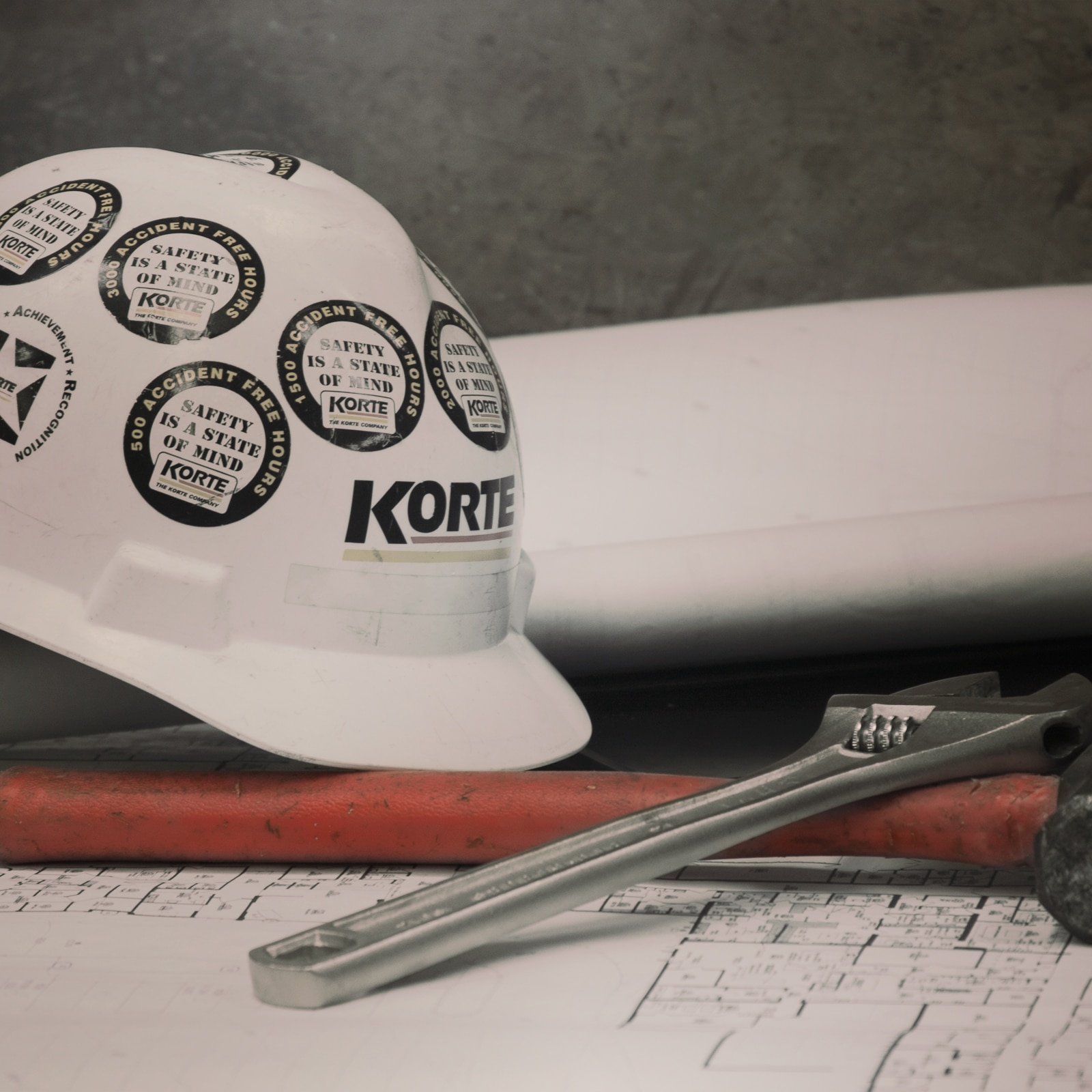Two things matter most when you hire a Design–Builder to deliver your facility. One, that the job gets done on-budget and on-time. And two, that the people who do the job get home safely to their families. Safety is crucial for both the Design–Builder and the owner. A strong safety record means reduced insurance costs for a builder, and that means lower construction costs for you.
Safety metrics
Several safety metrics provide hard numbers to help you evaluate builders’ safety records. The most prominent ones include:
- OSHA’s Days Away, Restrictions and Transfers metric
- The long-used experience modifier rate
- Incident Rates
Days Away, Restrictions and Transfers
OSHA uses the Days Away, Restrictions and Transfers (DART) metric as perhaps the strongest indicator of a firm’s safety record. It’s based on documented injuries and illnesses severe enough to warrant Days Away, Restrictions and Transfers. The lower a builder’s DART number, the stronger its safety record.
Experience Modifier Rate
The Experience Modifier Rate (EMR) has long been a widely used indicator of a contractor’s safety record, though there is now a push toward the DART metric. The EMR score measures the workers’ compensation premium that a builder pays. Exact criteria vary state by state, but in general, builders’ EMR correlates directly with their workers’ compensation claims history. In broad terms, an EMR of less than 1.0 is preferable. The EMR measure greatly impacts the insurance a builder must pay, so a high EMR could raise your overall construction costs.
Incident Rates
Incident Rates are the ratio of injuries requiring attention beyond simple first aid to the number of man-hours worked. They’re the other major metric you should review.
Your builder should use safety by design
The concept of safety by design is that by integrating hazard identification and risk assessment methods early in the design process, your architects and engineers can identify potential hazards. Then, your project team can design your facilities to reduce or eliminate those dangers — not just during construction, but also throughout the life of a structure, including use and maintenance.
Designs develops from initial concepts to a detailed specification. Safety should be incorporated into design discussions and the execution of all design elements, including: facilities, hardware, systems, equipment, products, tooling, materials, energy, controls, layout and configuration.
Some examples of safe design include:
- Window sill openings at least 39 inches high
- Parapets with a minimum height of at least 39 inches from the top of the roof
- The installation of anchor points on roofs to prevent falls
- Roof hatches designed with grab bars and guard rails
- OSHA standard skylights incorporating a screen that can, at a minimum, bear a 200-pound load
The end result of following safety by design is the prevention of injury and disease to those building, using or maintaining your facility.
Evaluating builders
No construction decision will impact your project more than your choice of a construction partner. To help you select the right builder for your project, we’ve published The Owner’ Guide to Company Culture in Construction. In it, we show you the key traits of a quality builder and help you evaluate your prospective bidders. Fill out the form below to download your copy of the guide.
